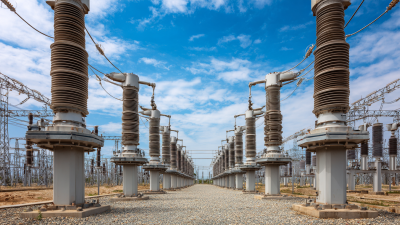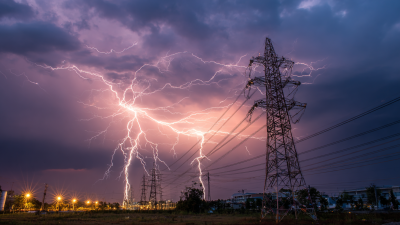
-
Home
-
About Us
-
Products
-
News
-
Blog
-
Contact Us
Leave Your Message

In today’s ever-evolving electrical landscape, the performance and reliability of power protection devices are paramount. Among these, the Zinc Oxide Surge Arrester stands out as a crucial component designed to safeguard electrical systems from voltage spikes and lightning strikes. However, merely installing these devices is not enough; optimizing their performance is essential for ensuring maximum protection and efficiency.
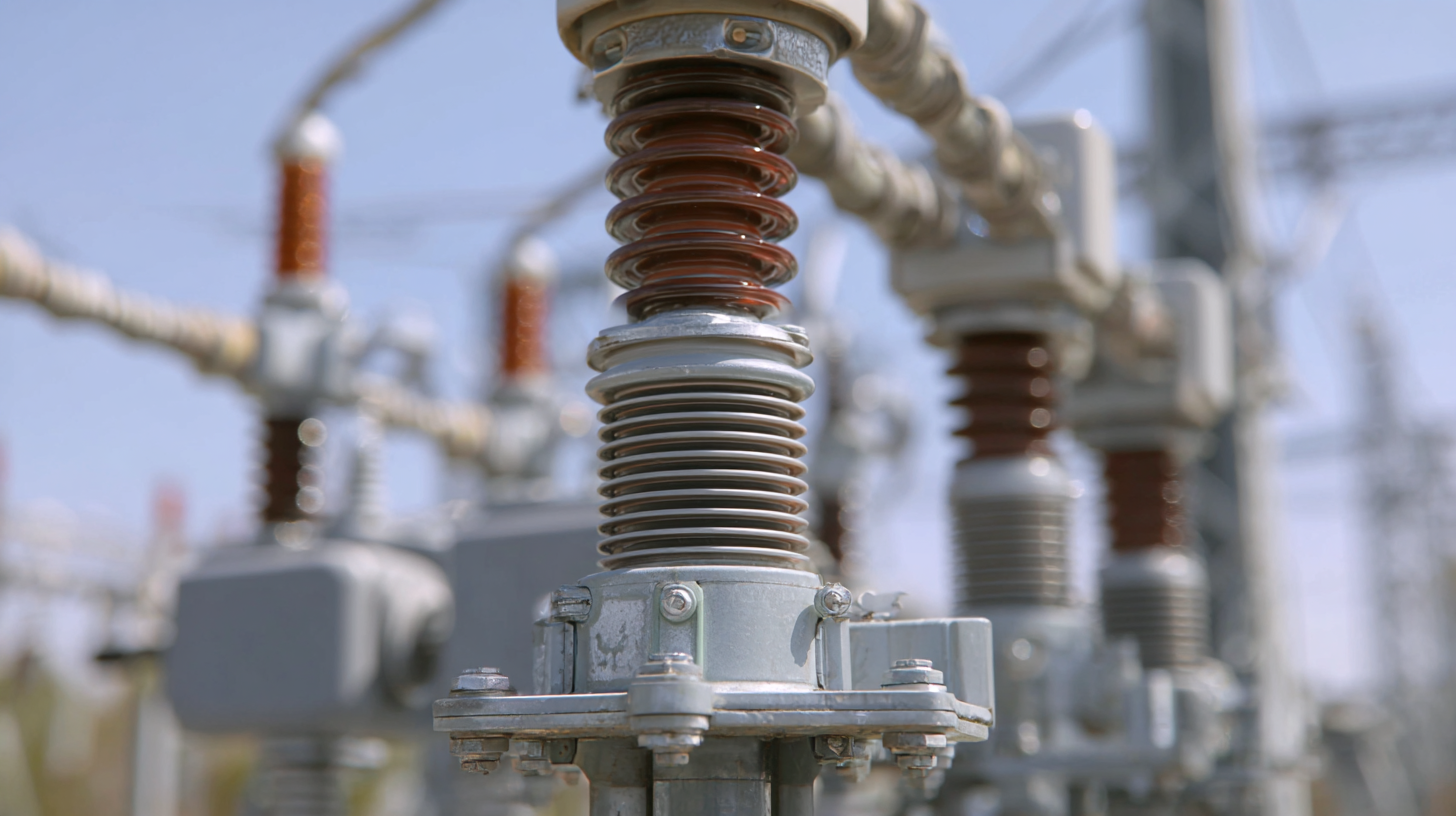
This guide will explore various strategies and best practices to enhance the functionality of Zinc Oxide Surge Arresters, addressing aspects such as proper selection, installation techniques, regular maintenance, and environmental considerations. By implementing these optimization techniques, users can significantly improve the longevity and effectiveness of their surge protection systems, thereby securing their electrical infrastructure against transient overvoltage threats.
Zinc oxide surge arresters (ZOSAs) play a crucial role in electrical protection systems, primarily by safeguarding equipment from voltage spikes caused by lightning strikes or switching surges. Their significance is underscored by the fact that electrical surges can lead to equipment failures, downtime, and significant repair costs. According to a recent report by the International Electrotechnical Commission, over 80% of electrical equipment damage can be attributed to transient overvoltages, highlighting the necessity of effective surge protection solutions.
To optimize the performance of ZOSAs, it is essential to ensure they are properly selected and installed based on the specific application requirements. Tips for installation include maintaining an adequate distance from other equipment to reduce electromagnetic interference and ensuring proper grounding to maximize the effectiveness of the surge protection system. Regular monitoring and maintenance checks can also enhance performance longevity, preventing costly outages and ensuring continuous protection.
Additionally, it is advisable to consider the environmental conditions where these surge arresters will be placed. Factors such as temperature, humidity, and exposure to corrosive elements impact their durability and effectiveness. By selecting robust ZOSAs designed for adverse environments, electrical systems can maintain enhanced protection capabilities, thus promoting system reliability and efficiency.
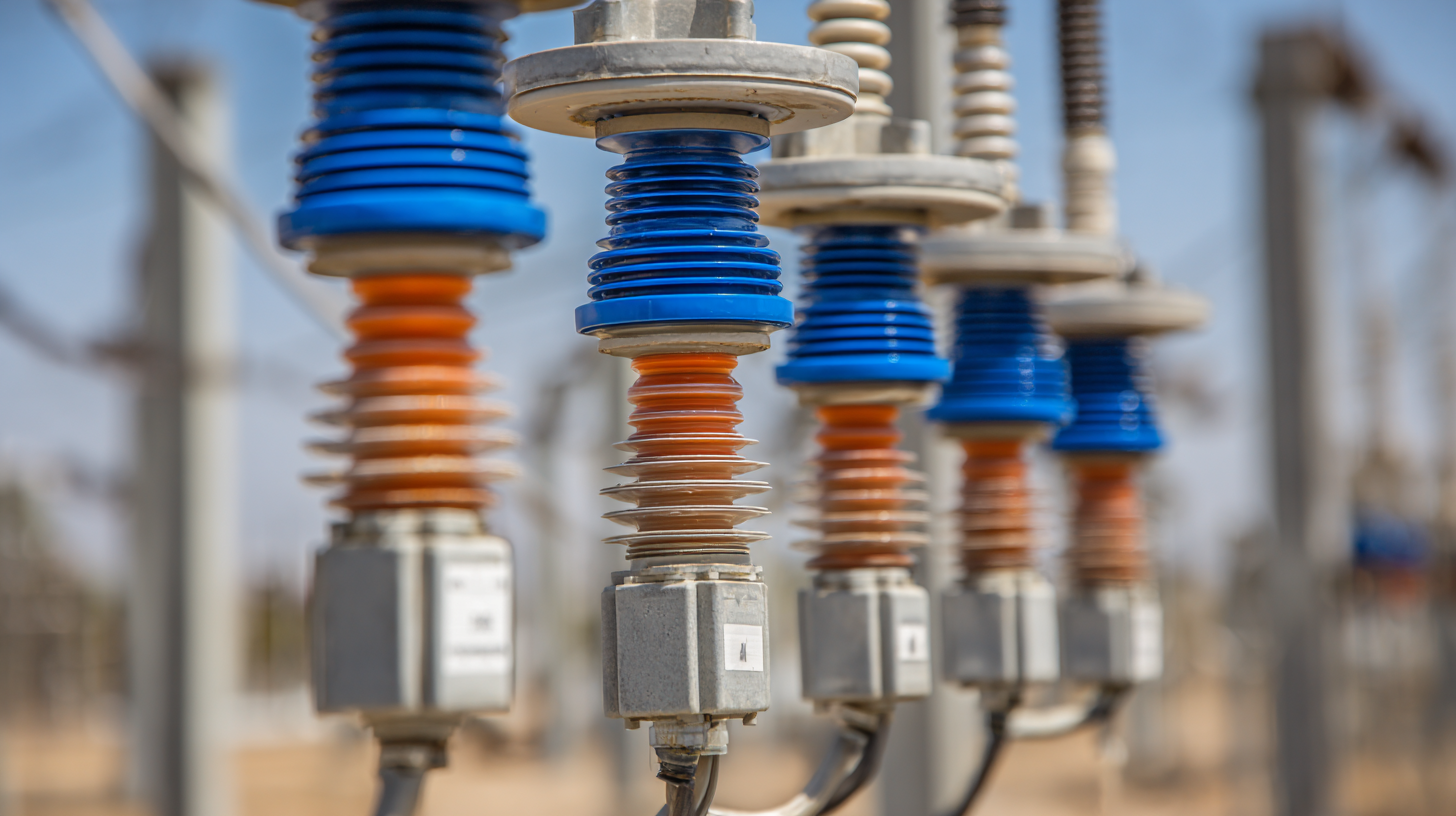
The performance of zinc oxide surge arresters (ZOSAs) is influenced by several key factors, which can significantly affect their effectiveness in protecting electrical systems from surges. One of the primary factors is the nonlinear voltage-current characteristics of the zinc oxide varistors. These materials must be carefully designed to ensure that their response to transient overvoltage conditions is both rapid and reliable, minimizing the risk of damage to downstream equipment.
Another critical aspect is the environmental conditions in which the surge arresters are installed. Factors such as temperature, humidity, and pollution can alter the characteristics of zinc oxide, impacting their performance. Proper sealing and housing are essential to prevent moisture ingress and contamination, which can lead to a decline in insulation resistance and increased failure rates. Additionally, the integration of ZOSAs with system grounding and bonding practices plays a vital role in optimizing their protective capabilities, ensuring efficient surge diversion and enhancing overall system stability.
When installing zinc oxide surge arresters, following best practices is crucial for maximizing their efficiency and ensuring the protection of your electrical systems. First, consider the proper placement of surge arresters. They should be installed as close as possible to the equipment they aim to protect. This minimizes the length of conduit or cable that can serve as a pathway for surges, thus enhancing their effectiveness.
**Tips**: Always use the manufacturer’s recommended installation guidelines to ensure compatibility with your system. Carefully inspect the area for any potential sources of interference, such as nearby metal objects that may attract surges.
Additionally, grounding plays a significant role in the performance of zinc oxide surge arresters. A solid grounding foundation reduces the surge voltages and allows for more efficient dissipation of excess energy. Ensure that grounding conductors are short, direct, and of appropriate gauge to provide optimal performance.
**Tips**: Regularly test the grounding system to verify its integrity and effectiveness. Make necessary adjustments or replacements to the grounding components as needed. This proactive approach will help maintain the efficiency of your surge protection setup.
This chart illustrates the optimized performance metrics of Zinc Oxide Surge Arresters based on best practices for installation. The data reflects the efficiency of surge arresters in various conditions, demonstrating their effectiveness in protecting electrical systems.
Regular maintenance of zinc oxide surge arresters is essential for ensuring their effectiveness and longevity. One of the most important steps is to perform routine visual inspections. Checking for signs of physical damage or wear, such as cracks in the housing or corrosion at connection points, can help identify potential issues before they compromise the device. Additionally, monitoring the arrester's operational environment, including temperature and humidity levels, can provide insights into its performance and durability.
Another key maintenance practice is to conduct electrical testing periodically. This includes measuring the clamping voltage and insulation resistance. By ensuring that these parameters remain within acceptable limits, you can confirm that the surge arrester is functioning correctly and is ready to protect the system against voltage spikes. Furthermore, documenting these tests and any maintenance activities provides a useful history that can aid in future troubleshooting and performance optimization. Taking proactive steps in maintaining zinc oxide surge arresters not only enhances their protective capabilities but also extends their operational life.
| Maintenance Tip | Frequency | Expected Impact |
|---|---|---|
| Inspect Physical Condition | Monthly | Identifies damage early |
| Test Voltage Ratings | Quarterly | Ensures optimal performance |
| Check Ground Connections | Annually | Stabilizes surge protection |
| Clean Surrounding Areas | Monthly | Prevents corrosion |
| Review Surge Events | Biannual | Improves response strategies |
Recent advancements in technology have significantly improved the design and functionality of zinc oxide surge arresters. One notable innovation is the incorporation of high-performance materials that enhance electrical conductivity and thermal stability. These materials allow for better dissipation of energy during transient overvoltages, thereby increasing the arrester's lifespan and reliability in protecting electrical systems.
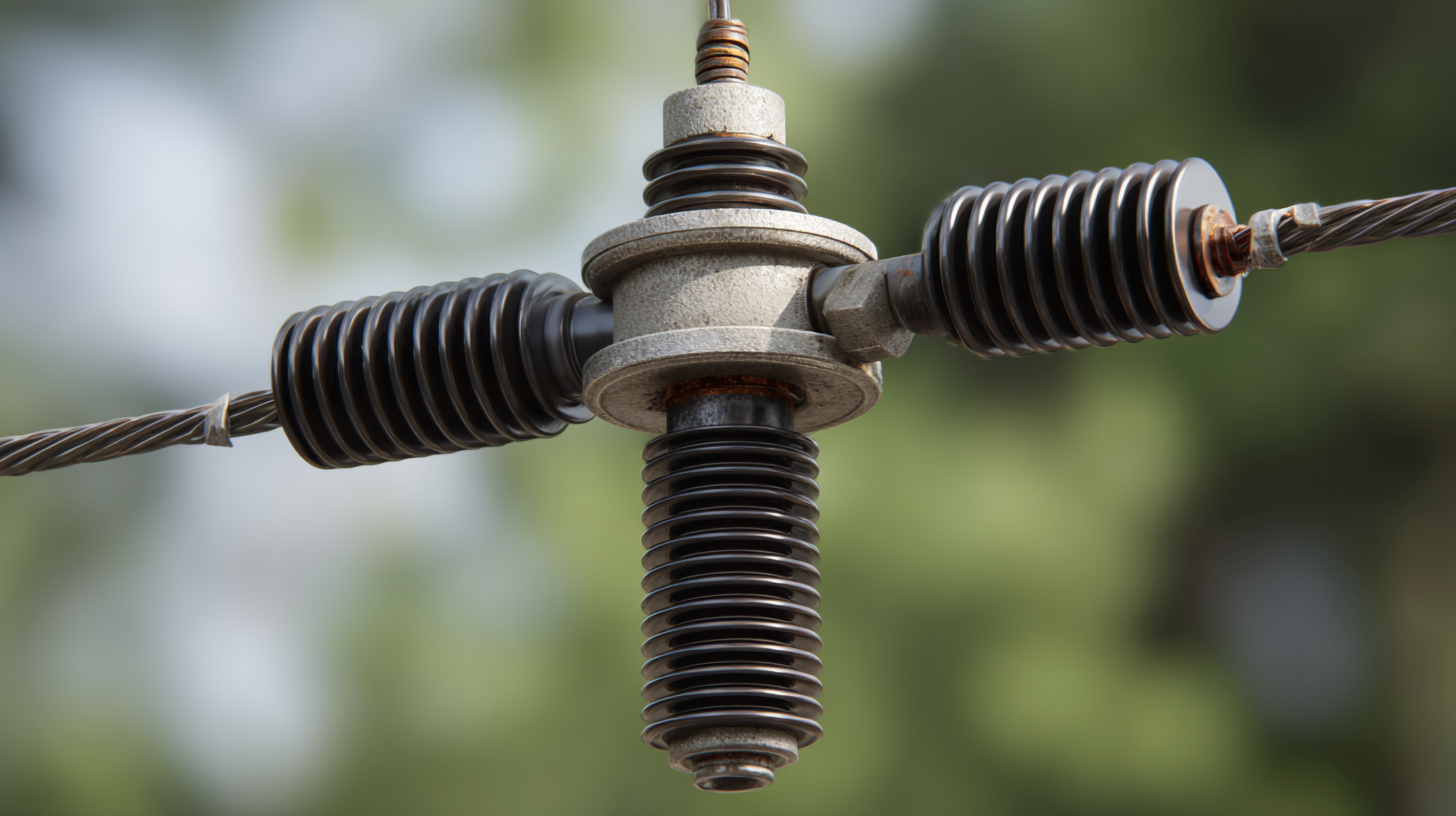 Additionally, the integration of smart monitoring systems enables real-time assessment of the surge arrester’s condition, facilitating timely maintenance and reducing downtime.
Additionally, the integration of smart monitoring systems enables real-time assessment of the surge arrester’s condition, facilitating timely maintenance and reducing downtime.
Moreover, advancements in computational modeling and simulation techniques have transformed the design process of zinc oxide surge arresters. Engineers can now predict performance under various electrical and environmental conditions, leading to more robust and efficient designs tailored for specific applications. These innovations not only improve the response to surges but also ensure compliance with international standards, thus promoting greater safety and efficiency in electrical installations. The continuous evolution of these technologies underscores the commitment to enhancing the protective capabilities of zinc oxide surge arresters in modern power systems.




